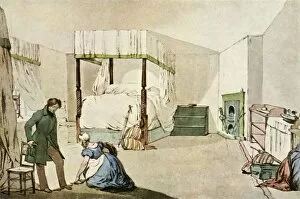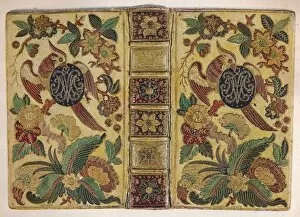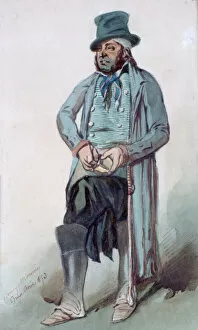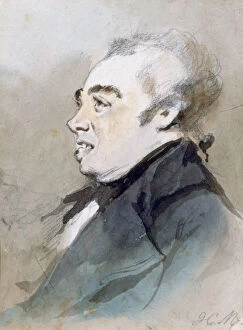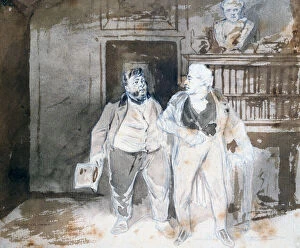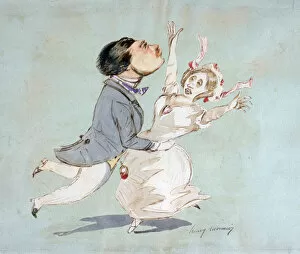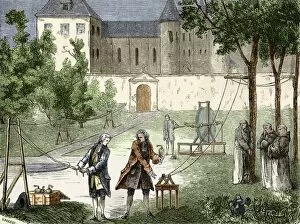Le Monnier Collection
"Discovering the Legacy of Le Monnier: From Scientists to Satirists" French scientist Louis-Guillaume Le Monnier, also known as Lemonnier
For sale as Licensed Images
Choose your image, Select your licence and Download the media
"Discovering the Legacy of Le Monnier: From Scientists to Satirists" French scientist Louis-Guillaume Le Monnier, also known as Lemonnier, left an indelible mark on various fields during his time. However, it is not just his scientific contributions that have captivated us throughout history. In the late 19th century, Henry Bonaventure Monnier immortalized Monsieur Joseph Prudhomme in his iconic painting "The Society Man. " This satirical portrayal perfectly captured the essence of a typical bourgeois gentleman of that era. Similarly, in "The Two Gossips, " Monnier showcased his talent for depicting everyday life and human interactions with humor and wit. While Monnier's art provided social commentary, other artists like Eugene Louis Lami explored different themes. In works such as "Inn and Post Office" and "A Bedroom at an Inn, " Lami transported viewers into quaint settings filled with charm and nostalgia. Leaving behind more than just paintings, Le Monnier's artistic talents extended to bookbinding as well. A mosaic binding signed by him adorned with Maria Josepha of Saxony's monogram showcases both craftsmanship and elegance from the mid-18th century. Moving forward in time, Lavieille's depiction of a monthly nurse reminds us of the importance placed on maternal care during the 19th century. The intricate details in this piece evoke a sense of tenderness and dedication towards newborns. Returning to Henry Bonaventure Monnier's work, we encounter thought-provoking pieces such as "The Judge and the Litigants. " Through this painting, he sheds light on societal issues surrounding justice systems while simultaneously showcasing his skillful brushwork. Lastly, we delve into political satire through works like "Le Char de l'Etat Navigue sur un Volcan" (The State Chariot Sails over a Volcano) by Henry Bonaventure Monnier.





